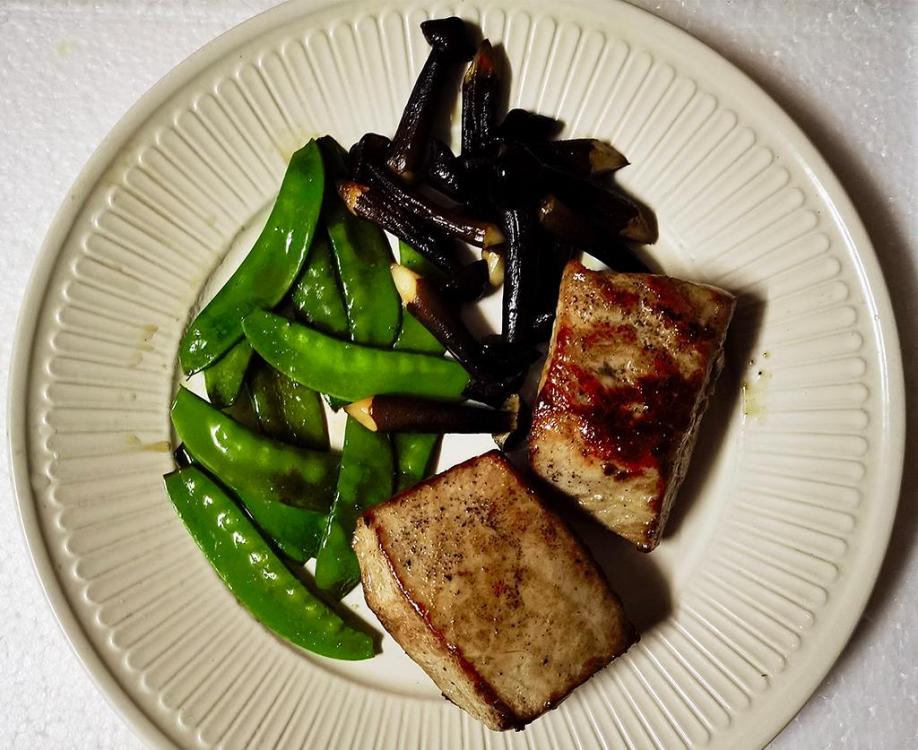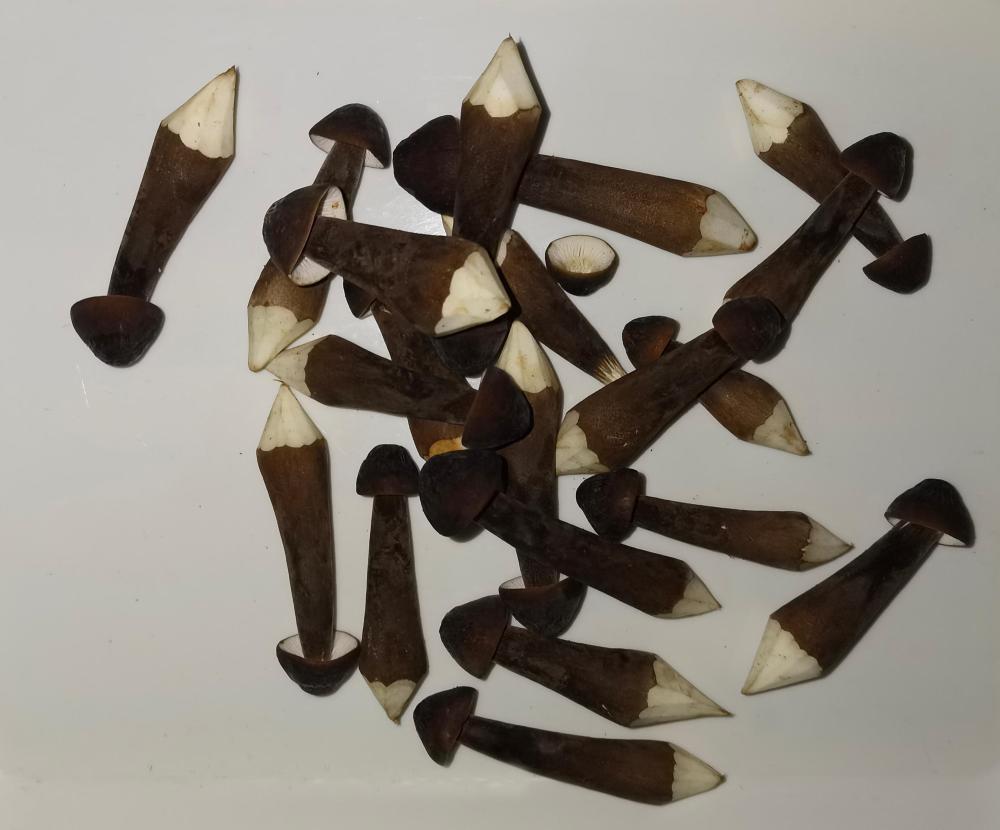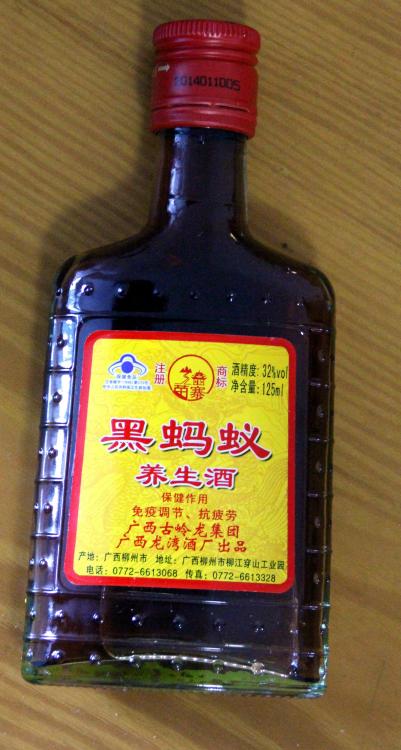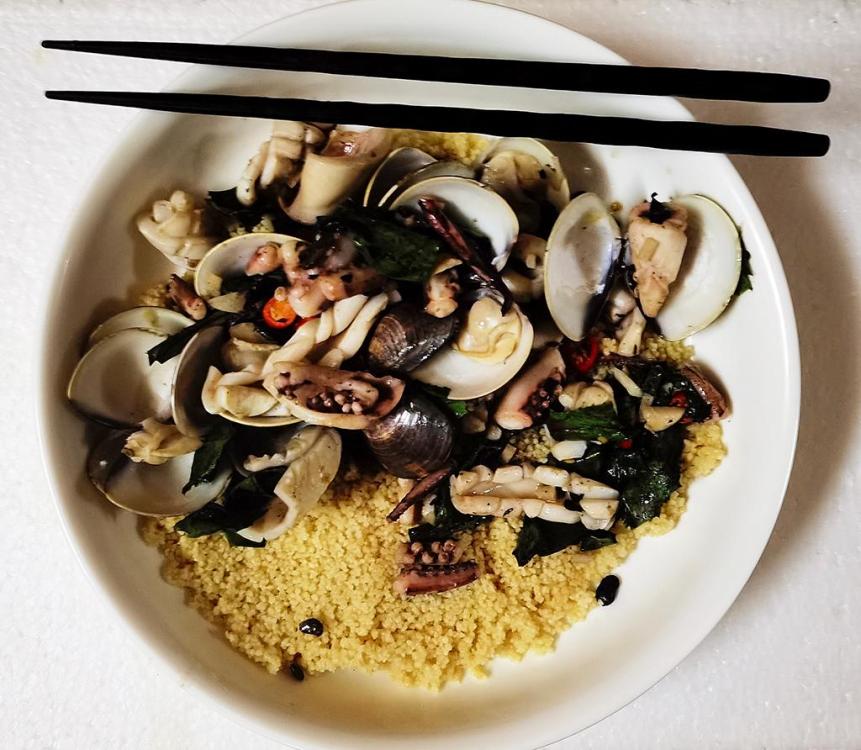-
Posts
16,673 -
Joined
-
Last visited
Content Type
Profiles
Forums
Store
Help Articles
Everything posted by liuzhou
-
Pork tenderloin steaks, replacement 黑皮鸡枞菌 (hēi pí jī cōng jūn), 'black skin chicken fir mushroom', Oudemansiella raphanipes and snow peas.
-
Probaby just me being overcautious. I did in the past do them as you do, but find they get too hot to comfortably handle.
-
No change in flavour. Not does it do anything to the zest. You aren't really cooking them; just heating it a little. I do it on the the defrost setting on my microwave for no more than 30 seconds or so then let them cool down again.
-
With lemons, I usually nuke them in the microwave for a few seconds on low. This breaks down the internal cell walls and releases a lot more juice.
-
I know. But I've never eaten real or unreal Mexican which is the point of the topic. I don't remember any Mexican restaurants in London before I left. I'm told Taco Bell has some in Shanghai but that is very far away and would be my last choice.
-
Mexican food. Too much c⊘rn and I'm not a lover of cooked cheese.
-
Well, maybe I will, because I don't know what I did. I went to cook the mushrooms I bought the other day and there they were - nowhere! I know I bought them because I photographed them. I've searched the house and they ain't here! I can only guess I accidentally threw them in the trash, which I will try never to do again!
-
Black ants have been eaten in China for decades, more for medicinal reasons than gustatory. You won’t find them in your local supermarket, but they are available in pharmacies dealing in traditional Chinese medicine (TCM) ingredients. They are priced by size, the larger they are the more expensive. The largest can fetch over $43 USD per kg. They are considered to be of benefit to longevity and general well-being, and in particular to men wishing to retain their reproductive power into old age. But that seems to be the case for almost everything in TCM. What is more easily available (and affordable), even in some supermarkets is the wine, in full Black Ant Health Preserving Wine (黑蚂蚁养生酒). 175ml bottles are available for $1.50. Ingredients are listed as rice wine, black ants, cobra, banded krait (another snake), gecko, astragalus herb, ginseng, longan and wolfberry. The taste is herbal and sweet. You can't really detect the ants.
-
I have them in congee around three or four times a week. Love them. There is very little I don't eat except pandas, humans and other endangered species.
-
I don't agree that they are always called prawns in the UK. What about the wonderful potted shrimp? Here in Chinaland, I buy all my shrimp or prawns live (except obviously the dried ones). Depending on where I buy them, they may or not be "purged". My favourite market people do purge them, but they don't always have them. I don't mind deveining them, though. Yes, it takes a few minutes longer but I am not in a hurry.
-
As an oldie this on Facebook amused me. I quote
-
Maggi seasoning is rather popular in Cantonese cooking, especially in Hong Kong. I've seen it here on the Chinese mainland, but I don't think it's particularly common. I doubt any of my friends use it.
-
The Guardian in its ever-expanding quest to get the readers to write the newspaper are soliciting opinions on this topic. How about doing it here, instead ? I can't off hand think of anything 'popular' I haven't eaten except popc∅rn. The very smell revolts me.
-
Prawns and shrimp are actually two different species. Californian spot prawns are shrimp! Size doesn't matter! https://www.thespruceeats.com/difference-between-shrimp-and-prawns-2217280 and https://www.thekitchn.com/whats-the-difference-between-a-92489 are helpful. What I posted were prawns.
-
Of course, insects aren't only for eating. Black ant wine is common here. 黑蚂蚁酒 (hēi mǎ yǐ jiǔ) Black ant wine.
-
Squid and clams with garlic, chilli and black fermented beans, culantro and Shaoxing wine. Served with couscous because the orzo I definitely had in the pantry proved to be in my imagination instead.
-
Guess what I just found in China! Online.
-
Exactly. I remember back in the UK, once upon a time, people would spend all evening in the pub drinking pint after pint of lager then at 'chucking-out time' heading for the nearest bad Chinese restaurant where they could get more beer. They would wake up the next morning complaining they had headaches and were dehydrated from that Chinese MFG stuff, totally forgetting the gallon plus of cheap lager they had drunk. Also, if anyone does feel discomfort after eating Chinese, that is no proof MSG is to blame. Billions of people eat MSG every day with no ill effects. I've only ever met one person in China who claims an intolerance, but she claims intolerance to everything!
-
MSG is by far the most researched food additive ever. No scientific evidence for anything negative has ever been found. It occurs naturally in foods from tomatoes to mushrooms to cheeses and more, which surprisingly don't bother so-called intolerance sufferers.
-
If you over salt it gets more salty. Over vinegar more sour. Over chilli too hot. Nothing similar happens with MSG. It is almost tasteless in itself. A teaspoon is usually enough for any home cooked dish.
-
1974-76 as I recall. I do remember the restaurant but never visited.
-
or 味精 (wèi jīng) in any Chinese market or store
-
I use it regularly. Also, many purchased processed foods contain it. In Europe it is E621. Many people who claim an intolderance or even allergy to MSG are fine with E621!














